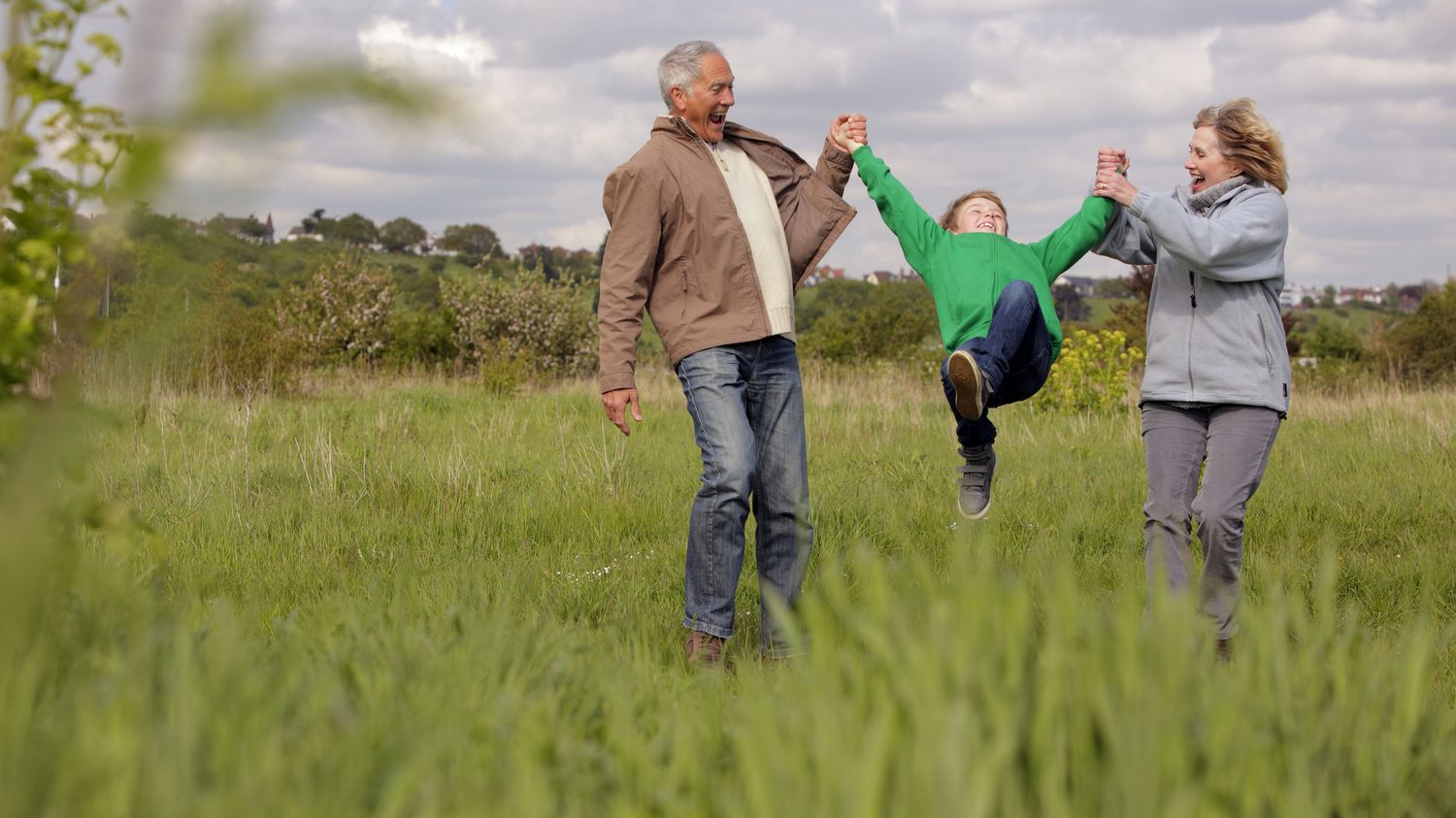In the book-investigation “Being a grandmother today”, published by Odile Jacob, around forty grandmothers testify, and above all tell, how they deal with this status in 2023.
How do grandmothers reinvent this role in the 21st century, when new family configurations are required? Distance, blended families, ties with one’s own children who have become parents, daughters-in-law and sons-in-law, religion, hyperparenting.
The grandmothers of 40 years ago are not those of today
According to INSEE, in 2011, 8.9 million grandmothers lived in metropolitan France. Among people aged 75 or over, one in five did not become a grandparent, either because they had no children (14%) or because their children did not. had (6%). People who have had several children, however, are virtually guaranteed to be grandparents.
Women become grandmothers at age 54 on average. The more brothers and sisters you have, the more children you have, and then grandchildren. Finally, grandchildren know their grandmothers more often than their grandfathers, and more often their maternal than paternal grandparents.
In his investigative book, Being a grandmother today published by Odile Jacob, Vivianne Kovess-Masfety gave the floor to some forty grandmothers aged 50 to 86, active, retired or stay-at-home mothers. This book offers multiple avenues for reflection, and testifies to a wide range of situations, personal and family.
“Becoming a grandmother seems to go without saying: it’s the normal course of life; we get older, our children have children, and as a result, we find ourselves a grandmother. We can wish it, fear not to ‘being… It can also ‘fall on us’, when we hadn’t realized that we were aging. And then, when this happens, we can realize that ultimately, it is not easy to bond with his grandchildren.”
Vivianne Kovess-MasfetyExcerpt from her book ‘Being a grandmother today’
